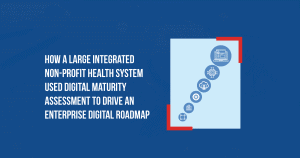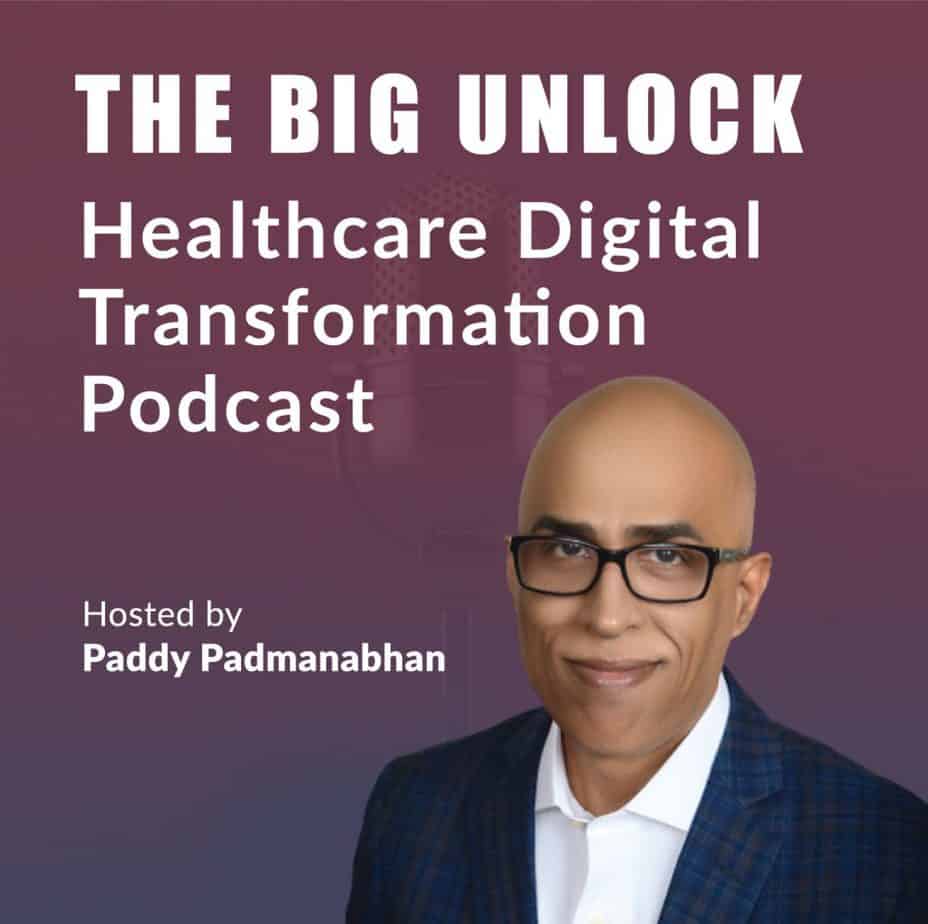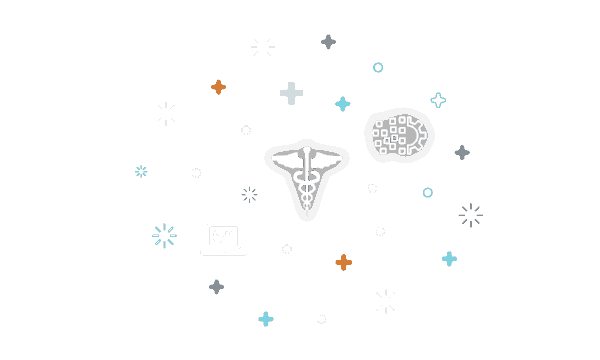Social Determinants: Powering the Next Big Leap for Healthcare Analytics
The next step toward reaching the holy grail of personalized care is harnessing social determinant data. Putting it into practice has its unique set of challenges.
Real estate isn’t the only thing that’s all about location. Your ZIP code may be the single biggest predictor of your health and mortality.
Healthcare analytics professionals increasingly view ZIP codes as surrogates for income, education, employment status, ethnicity and other related data elements that are collectively referred to as social determinants of health (SDOH). These types of data are beginning to play a critical role in population health management (PHM) practices.
The challenges of big data, more data sources
Healthcare is focused on unlocking insights from clinical data that resides in electronic health record (EHR) systems, as well as claims data. Emerging data sources are challenging healthcare organizations to broaden the scope of their data gathering and analysis. A recent report titled “Care Redesign: What Data Can Really Do for Health Care” states that, in a survey of healthcare professionals by NEJM Catalyst, a part of the Massachusetts Medical Society, respondents identified clinical data, cost data and claims data as the three most useful data sources today for effective care design and management. However, respondents said they expect the picture to change somewhat in five years, with patient-generated health data (PGHD) and genomic data gaining ground as important data sources. (Curiously, the report makes no mention of social determinant data, a key missing item in achieving a holistic understanding of patients that helps predict healthcare outcomes.)
The NEJM Catalyst survey respondents stated that their organizations’ effectiveness in using data to improve care coordination and care management were influenced by the ability to collect data, and by data interoperability.
Notwithstanding those challenges, chief population health officers in health systems are now looking at ways to leverage data from a wide range of sources to obtain comprehensive views of patient populations. These data sources now include remote sensors and devices (via, the internet of things, or IoT), PGHD (a topic I discussed in a blog post on Sutter Health’s pilot program), genomics data and, more recently, behavioral health data and data on SDOH.
The increasing importance of social determinants of health
SDOH data has been a topic of interest for healthcare policymakers for a while. In a 2015 paper, the Kaiser Family Foundation (KFF) explored the role of social determinants in health and health equity, especially factors such as where people are born, grow up, live, work and age. These factors were expected to have a direct impact on mortality and healthcare expenditures.
With healthcare transitioning rapidly to value-based care (VBC), harnessing these data sources has become critically important in assessing the health risks of low-income population segments. The low-income population segments are seen to be more at risk of the adverse impacts of their socio-economic status.
At the recently concluded HIMSS conference, the major health plan Cigna discussed how SDOH could improve risk management models and also determine the effectiveness of specific patient engagement programs by tapping into data already available within EHR systems. While it is early days yet, incorporating SDOH into analytical models can have a tangible impact on risk-based contract outcomes.
In New York state, the Central New York Care Collaborative (CNYCC) is using social determinant data as part of its PHM efforts under the state’s DSRIP program to address the needs of a large Medicaid population. Medicaid populations are among the most vulnerable segments of the society in terms of health impact from social determinants.
Ultimately, improved risk management will drive down the overall costs of care and increase incentive eligibility for providers in shared savings contracts.
Overcoming the challenges of less data
While incremental insights from social determinants data are being seen as valuable inputs to patient engagement and management, very often the data is unavailable. An example of this is data on access to transportation in low-income communities — a factor that has a significant bearing on health outcomes. This is the unsexy side of analytics. While the models thirst for data, it is hard work — and often not possible — to quench that thirst.
Reaching the holy grail of personalized care and precision medicine starts with a holistic view of the patient that drives care management and medical outcomes. This requires healthcare organizations to build sophisticated data integration and advanced analytics capabilities. SDOH data is often available as unstructured data that requires natural language processing (NLP) capabilities. Patient risk assessment requires going beyond static models and working with cognitive learning systems that continuously analyze data, deliver insights and recommend appropriate and timely interventions.
Healthcare organizations that make even one small step in this direction will achieve giant leaps in performance and outcomes in a VBC era.
Originally published in CIO.com















